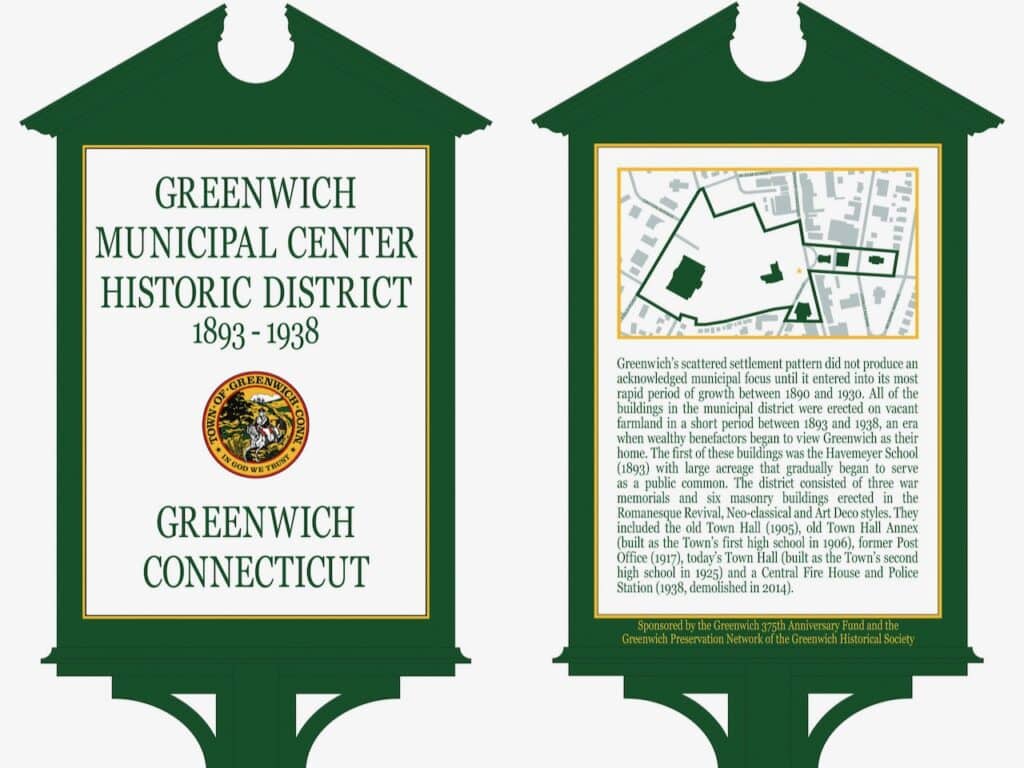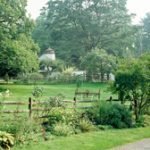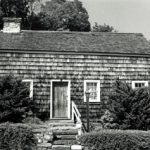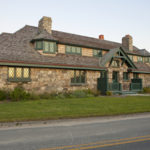Preserving Greenwich:
Understanding Historic Designations & The Organizations That Support Them
There is a variety of designations for historic resources within the field of historic preservation. Most designations provide protection for the historic resource but in varying degrees.
 Publicity and active responses from residents regarding demolitions of historic structures have signaled the need to educate the community on what our town’s historic resources really are, and how and why we should preserve, protect and promote these unique structures.
Publicity and active responses from residents regarding demolitions of historic structures have signaled the need to educate the community on what our town’s historic resources really are, and how and why we should preserve, protect and promote these unique structures.
 Learn about the Historic districts and properties in Greenwich that are locally designated and enjoy a high degree of protection. Districts include Strictland Road, Putnam Hill, Glenville, River Road-Mead Ave, Fourth Ward and Greenwich Municipal Center.
Learn about the Historic districts and properties in Greenwich that are locally designated and enjoy a high degree of protection. Districts include Strictland Road, Putnam Hill, Glenville, River Road-Mead Ave, Fourth Ward and Greenwich Municipal Center.
Greenwich’s architectural landscape has changed considerably since the late 1960s, and many of our older, historic structures have disappeared. Greenwich Landmarks is the Greenwich Historical Society’s response to this dilemma. The Landmark designation is unique to Greenwich, and structures earning the title secure their rightful place in the town’s history.






